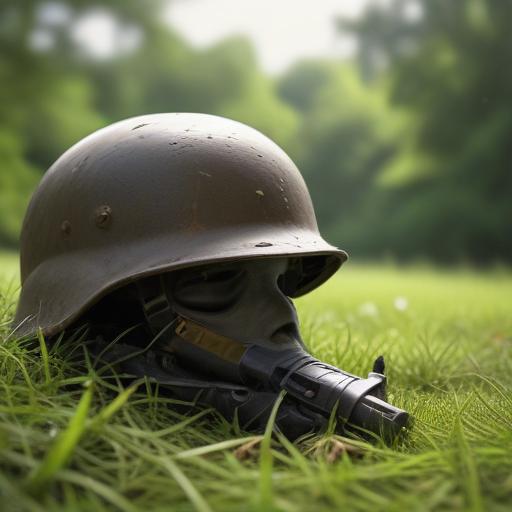In a troubling incident on June 7, 2025, Miguel Uribe Turbay, an opposition senator and presidential candidate, was shot during a rally in Bogotá, leading to his serious injury. The primary suspect, a 15-year-old boy, was arrested by police shortly after the incident. This youth was found in possession of a Glock 9mm pistol, an indication of the serious and sophisticated nature of arms available to violent actors in Colombia.
Colombian President Gustavo Petro revealed that the young suspect had previously dropped out of a peace education program, highlighting ongoing issues related to youth involvement in violence and crime. According to Colombian authorities, the suspect claimed that his order to attack Uribe was issued by someone associated with a local drug trafficking hub.
The recruitment of minors into armed groups remains a critical issue in Colombia. In 2024, the Colombian Public Defender’s Office reported that 409 minors were recruited, reflecting an increase from 342 in 2023. Moreover, this figure is believed to be an underrepresentation of the actual situation, as ongoing armed conflict and organized crime continue to prey on vulnerable youth, particularly from low-income and marginalized communities.
Experts note that child recruitment tactics have evolved over time. Max Yuri, director of the Institute of Political Studies at the University of Antioquia, points out that armed groups often employ minors due to their susceptibility to manipulation and coercion. In urban areas, these youths engage in roles such as transporting drugs and carrying out assassinations, while in rural regions, recruitment can be forced through threats to family members.
Historically, the phenomenon of child assassins has roots in Colombia’s tumultuous past, notably during the reign of drug lord Pablo Escobar in the 1980s. At that time, many children were used by cartels for violent missions, with some infamous examples including youths involved in high-profile assassinations.
The ongoing situation highlights a pressing challenge for Colombia, as the recruitment of minors by armed groups remains a persistent concern, exacerbated by socio-economic vulnerabilities. The potential increase in forced recruitment is alarming, with estimates suggesting that it may have surged by as much as 1,200% in recent years.
Amidst these challenges, there are efforts to address and combat the recruitment of children into violence. Continuous advocacy for education and empowerment of youth, along with more robust legal frameworks to protect minors, may pave the way for a safer future, breaking the cycle of violence that has plagued Colombia for decades.
